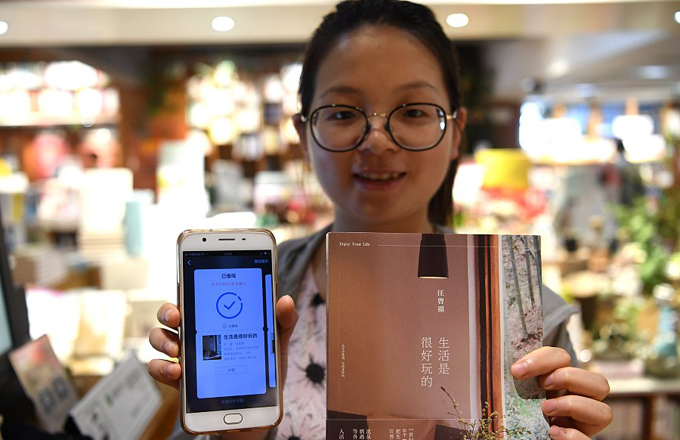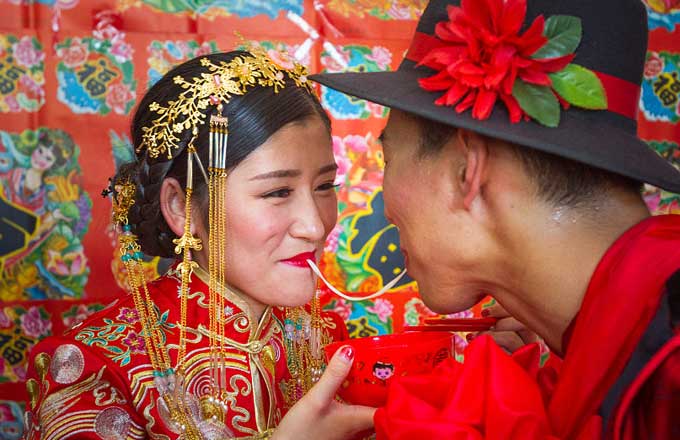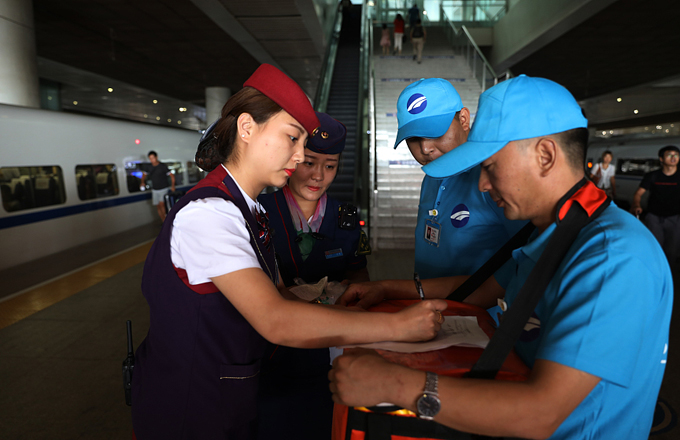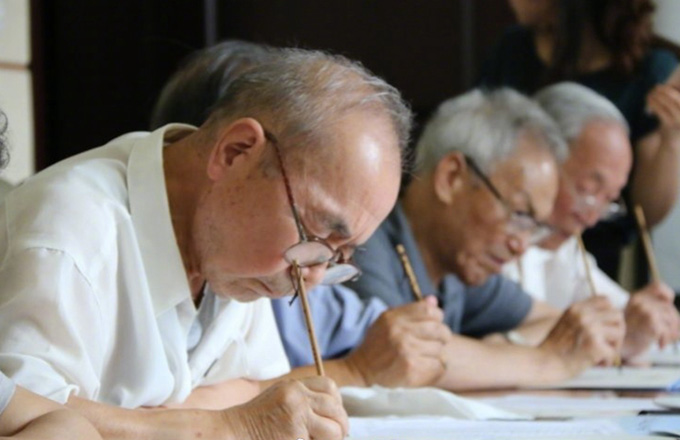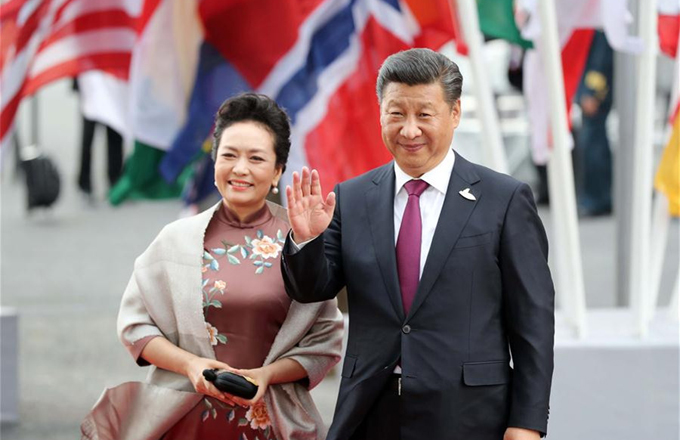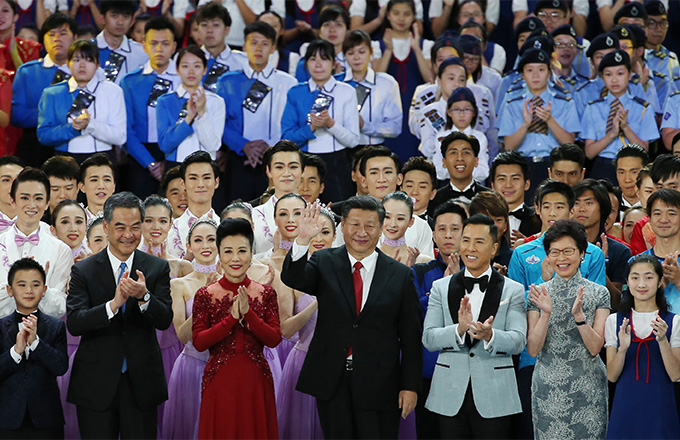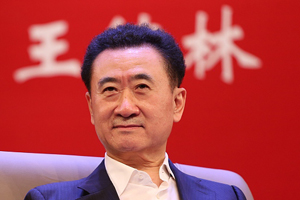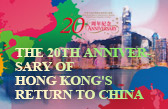A science class from above Earth
Karl Bergquist, the administrator for international relations department at the European Space Agency, said events like the space lecture are very important to increase the interest and awareness of young people for space exploration.
"I am sure that there are many of the students in the audience who, today, after the lecture, are dreaming of becoming astronauts or working with space when they grow up."
On Thursday, about 60 million students from 80,000 middle schools watched or listened to the live broadcast on TV and radio.
The video class received warm feedback from students, and experts said preparations started a year ago.
Jin Sheng, a member of an expert panel that planned the experiments, said ideas were solicited from the public.
"In a spacecraft with limited space, where supplies are measured by grams instead of kilograms, the fact the astronauts had brought 2.9 kg of teaching aids shows China has attached great importance to education," he said.
"Listening about things differs greatly from seeing things with your own eyes. After seeing these wonderful phenomena, the children will develop interests in science and think of questions from a different angle. This is the meaning of this class."
The Shenzhou X spacecraft, which lifted off from Jiuquan Satellite Launch Center in Northwest China's Gansu province on June 11, is expected to return on Wednesday after 15 days in space.
After a successful robotic docking last week, the astronauts will conduct a manual docking.




